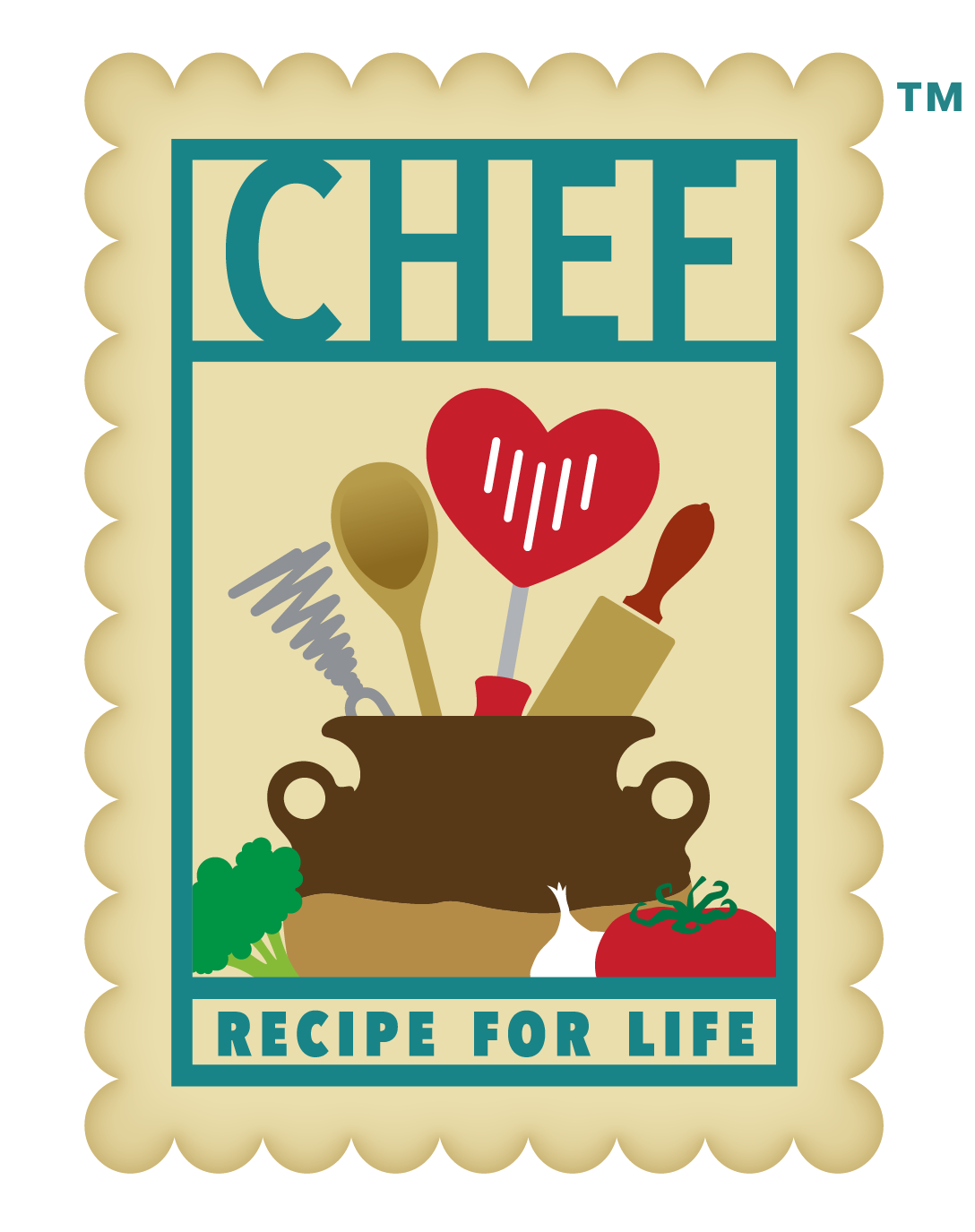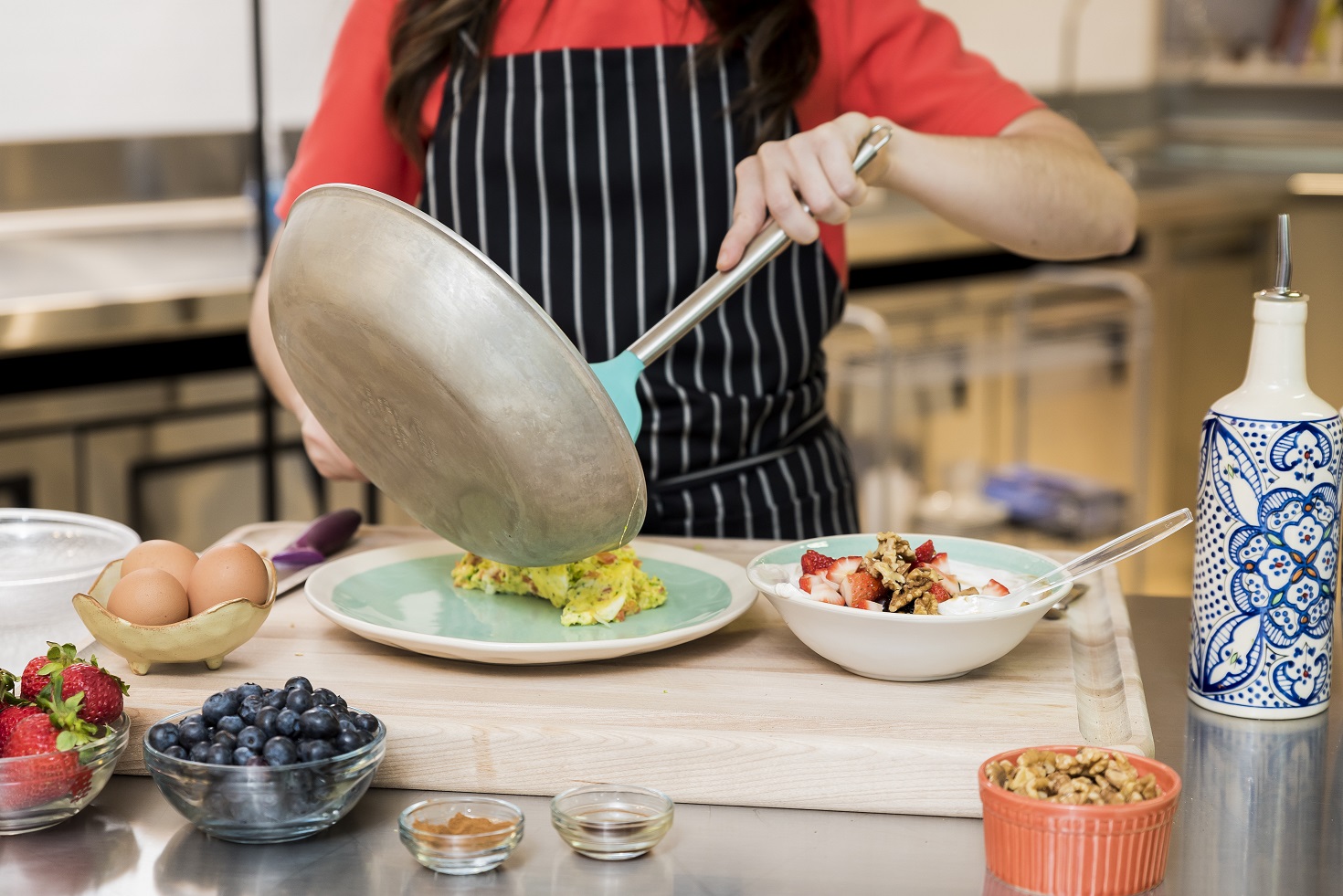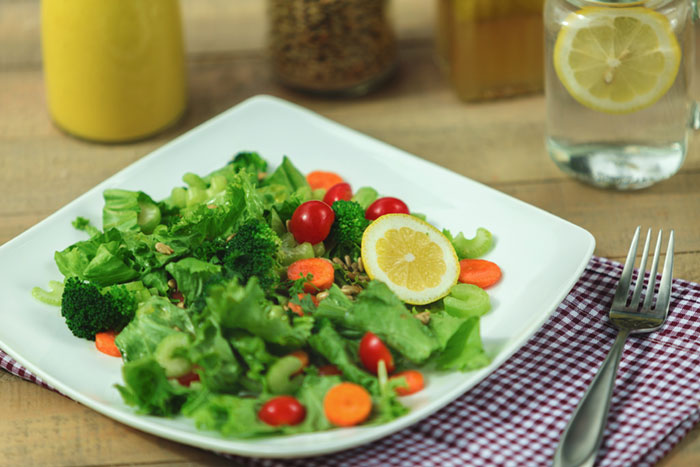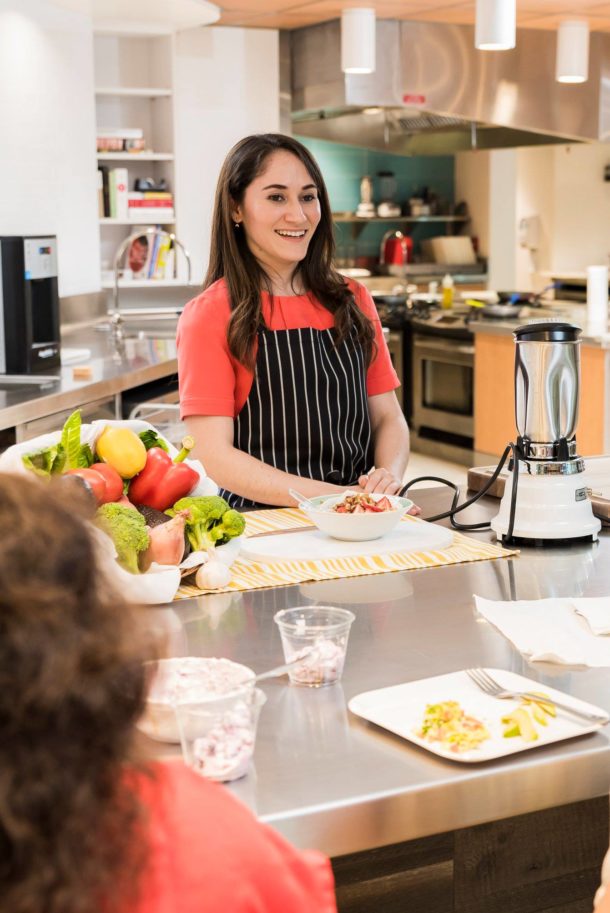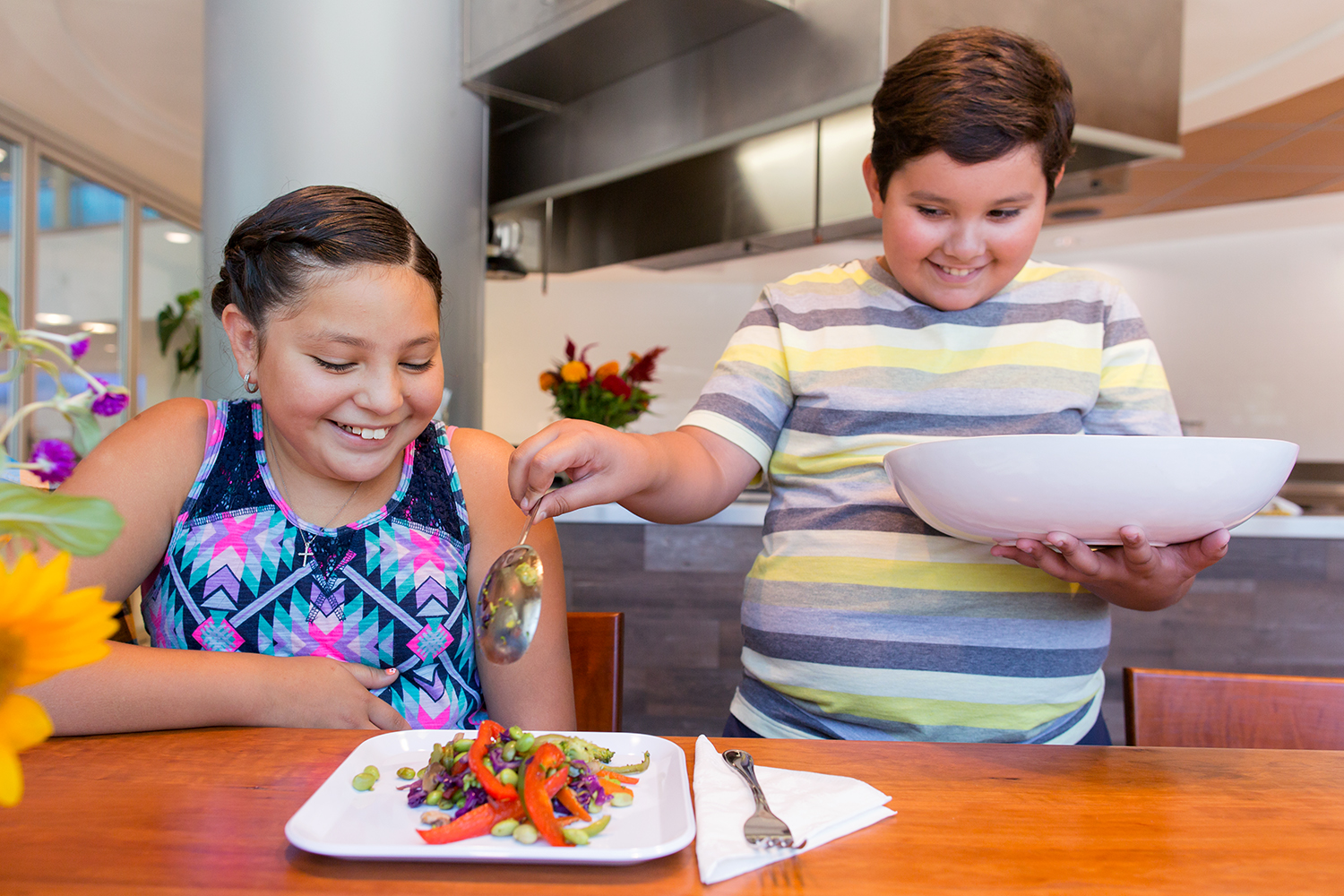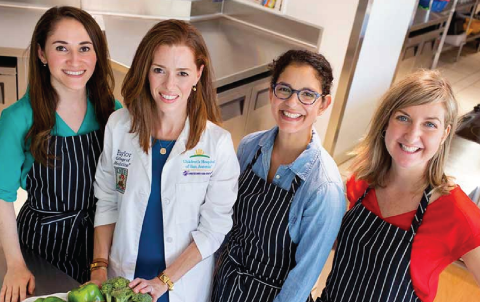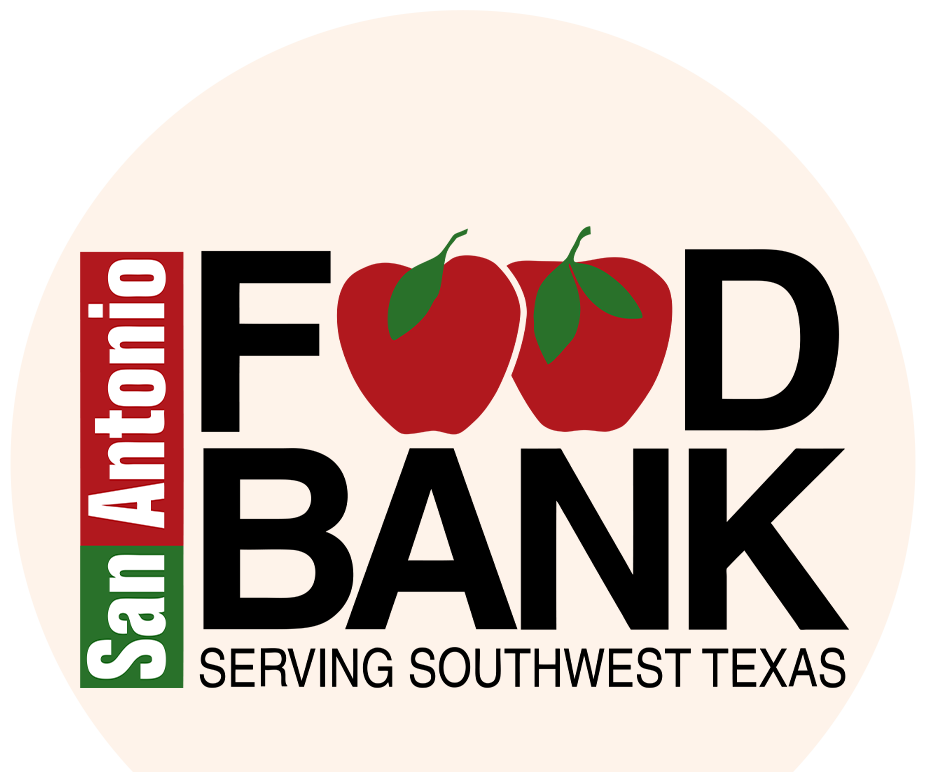By: Tori Parsons, Dietetic Intern, Texas A&M University
Reviewed by: Katy Bowen, MS, RDN, LD, Director of Community Outreach, CHEF
March is National Nutrition Month! Every year the Academy of Nutrition and Dietetics focuses on a central message that encourages everyone to make positive changes toward a healthy lifestyle. The theme for 2018 is Go Further with Food. It reminds us that the food we choose is not only an opportunity to benefit our health, but also to save money and reduce our food waste.
Here are some key tips to Go Further with Food:
- Eat a variety. Include sources from all food groups regularly throughout the week to be sure you are eating all the nutrients your body needs to stay healthy.
- Be mindful. Eat and drink the right portion sizes for your body. This will not only help you maintain a healthy weight, but will also help you stretch your dollar and save money!
- Plan ahead. Before grocery shopping, check your refrigerator for food you already have on hand. Buy only enough that you plan to eat or freeze within the next few days to prevent spoilage and reduce food waste.
- Stay active. Food fuels our bodies with the energy we need to live a fit, active lifestyle. Find physical activity you enjoy to move your body each day!
What can you do to “Go Further with Food”? What healthy change can you make today to benefit your health, wallet, or reduce food waste?
